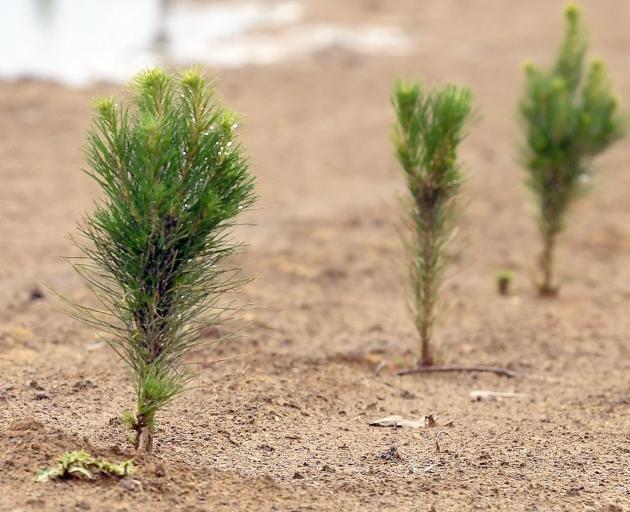
John and Susie Elliot have applied for land-use consent to plant 66ha of Pinus ponderosa and Pinus radiata/attenuate hybrid for carbon sequestration on their more than 5200ha property, which is in the Paerau Valley and runs up through the hills to the Loganburn Reservoir.
Submissions closed last month and the CODC received 43 submissions — 38 against, two in support and three neutral.
Artist Sir Grahame Sydney and actor Sir Sam Neill were among those opposed.
In its neutral submission, the council said it understood the importance of carbon farming as a response to the impacts of climate change, and it supported the approach of ‘‘right tree in the right place’’.
Recognising the application was supported by ‘‘numerous’’ technical reports and that the activity could positively contribute to New Zealand’s climate change response, the council’s submission drew attention to the range of potentially significant adverse effects that might result if not appropriately managed.
The application might also not meet the test of some critical regional policy provisions, particularly with respect to biodiversity offsetting and compensation, the council said.
Forestry, if sited within a dry catchment, could significantly impact on the hydrological cycle and impact on river water and aquifer levels.
The impact of permanent afforestation was dependent on the current land cover; any conversion from a lower water demand species to a higher-demand species would impact the water balance within the immediate environment, and potentially the wider catchment.
In 2017, the ORC resource science unit reviewed a proposal for new forestry in the Waitaki district and expected annual water yields would reduce by 25-50% based on a literature review, reduce peak flows by up to 50% as maturation and reduce low flows out of the affected sub-catchments.
The ORC was aware of the risks of wildfire associated with forestry, particularly for carbon farming given its permanence, and the need to ensure there were appropriate controls — such as fire breaks, regular maintenance and monitoring — and access to firefighting supplies, with any significant forestry activity.
Both the ORC and Otago’s communities had poured significant resources of time and money into managing wilding conifers, a long-lived pest management issue in the region because of the impact they had on native ecosystems and biodiversity, and their propensity to spread.
Any insufficiently planned activities of fast growing, exotic forestry in Otago could frustrate those efforts by providing additional habitat for wilding conifers to endure, along with known adverse effects.
Increased afforestation could also attract, and provide greater refuge for, any feral pests which posed a threat to farming activities, indigenous biodiversity and any forestry activity.













